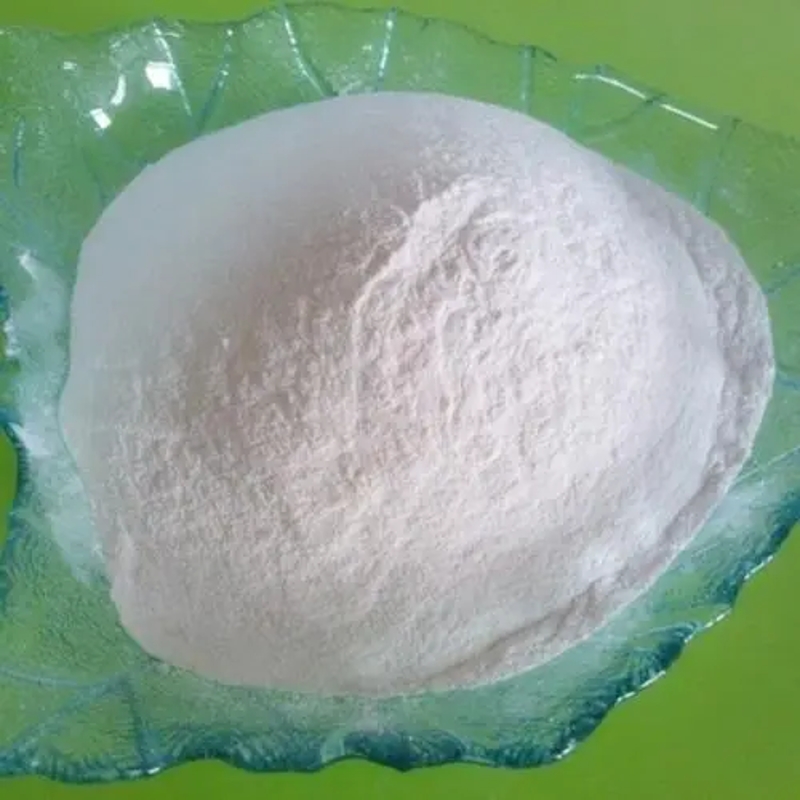-
Categories
-
Pharmaceutical Intermediates
-
Active Pharmaceutical Ingredients
-
Food Additives
- Industrial Coatings
- Agrochemicals
- Dyes and Pigments
- Surfactant
- Flavors and Fragrances
- Chemical Reagents
- Catalyst and Auxiliary
- Natural Products
- Inorganic Chemistry
-
Organic Chemistry
-
Biochemical Engineering
- Analytical Chemistry
- Cosmetic Ingredient
-
Pharmaceutical Intermediates
Promotion
ECHEMI Mall
Wholesale
Weekly Price
Exhibition
News
-
Trade Service
In intensive care units (ICU), the incidence of medical-related infections (healthcare-associated infections, HAI) is as high as 15%, while catheter-associated urinary tract infections (CAUTI) account for 25%.
neurogenic urinary retention increases the risk of retention of the catheter, so patients in neuroICUs (NICU) are two to five times more likely to develop CAUTI in patients than in normal ICU patients.
Karen Perrin of the University of Florida School of Public Health and others studied critically ill patients admitted to the NICU to explore the rate and risk factors of urinary tract infections after a patient's presence in a left catheter to provide a basis for the prevention of CAUTI;
Research Methods This retrospective analysis of clinical data on CAUTI patients occurring in NICU, a U.S. medical center, from January 1, 2016 to December 31, 2018, includes baseline information, clinical characteristics, laboratory data, and data on urination and intestinal function.
patients in the group were 18 years of age, and according to the random control principle, 3 NICU patients who did not have CAUTI were selected for control in 1 patient in the group.
used descriptive analysis and multi-factor Logistic regression to analyze common clinical characteristics, risk factors, and the time from intive to urinary tract infections in PATIENT patients.
results, a total of 3,045 patients were admitted to the NICU, of which 1,045 (34.31%) were left with catheters and 45 had CAUTI.
incidence of CAUTI was 1.48% in patients with neuro-critical conditions, and 4.30% in patients with retained catheters.
the average age of patients in the CAUTI group was greater than that of the control group (66.44 years: 58.09 years; P.0001), and women were more likely to be (p.0001).
the period of hospitalization in the CAUTI group was significantly extended (18.31 days: 8.05 days; P=0.0001), and the rate of stool incontinence was higher (OR=3.73; P=0.0146).
susceptible to CAUTI in patients with cervical bleeding, hypertension, vascular spasms and diabetes.
the average time of CAUTI in NICU inpatients was 6 days, CAUTI occurred earlier in patients who were placed in the catheter twice or more, CAUTI occurred 5 days after admission, and 3 cases occurred in 6-10 days.
stool incontinence was significantly associated with CAUTI.
, the authors note that in patients with neurodegeneration, stool incontinence, elderly women, long hospital stays in NICU, and a history of hypertension and diabetes are associated with CAUTI.
average time for CAUTI to occur after the catheter was placed, the higher the intring frequency, the earlier CAUTI occurred.
of patients with negative urine routine examination, but bacteria growth in urine culture, so urine routine examination can not truly reflect the status of urinary tract infections.
authors believe that more samples are needed for forward-looking and multi-center clinical studies of THE causes of CAUTI, and that appropriate precautions should be developed to avoid CAUTI in patients with neuro-critical conditions.
: The intellectual property rights of the content published by the Brain Medical Exchange's Extra-God Information, God-based Information and Brain Medicine Consulting are owned by the Brain Medical Exchange and the organizers, the original authors and other relevant rights- persons.
, editing, copying, cutting, recording, etc. without permission.
be used with a license, the source must also be indicated.
welcome to forward and share.
.







